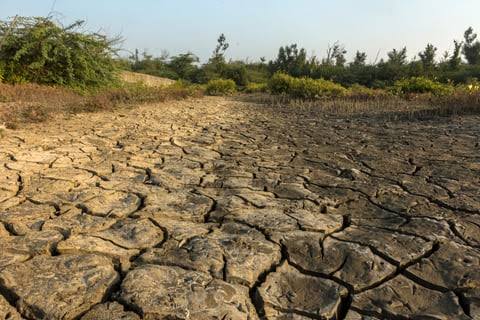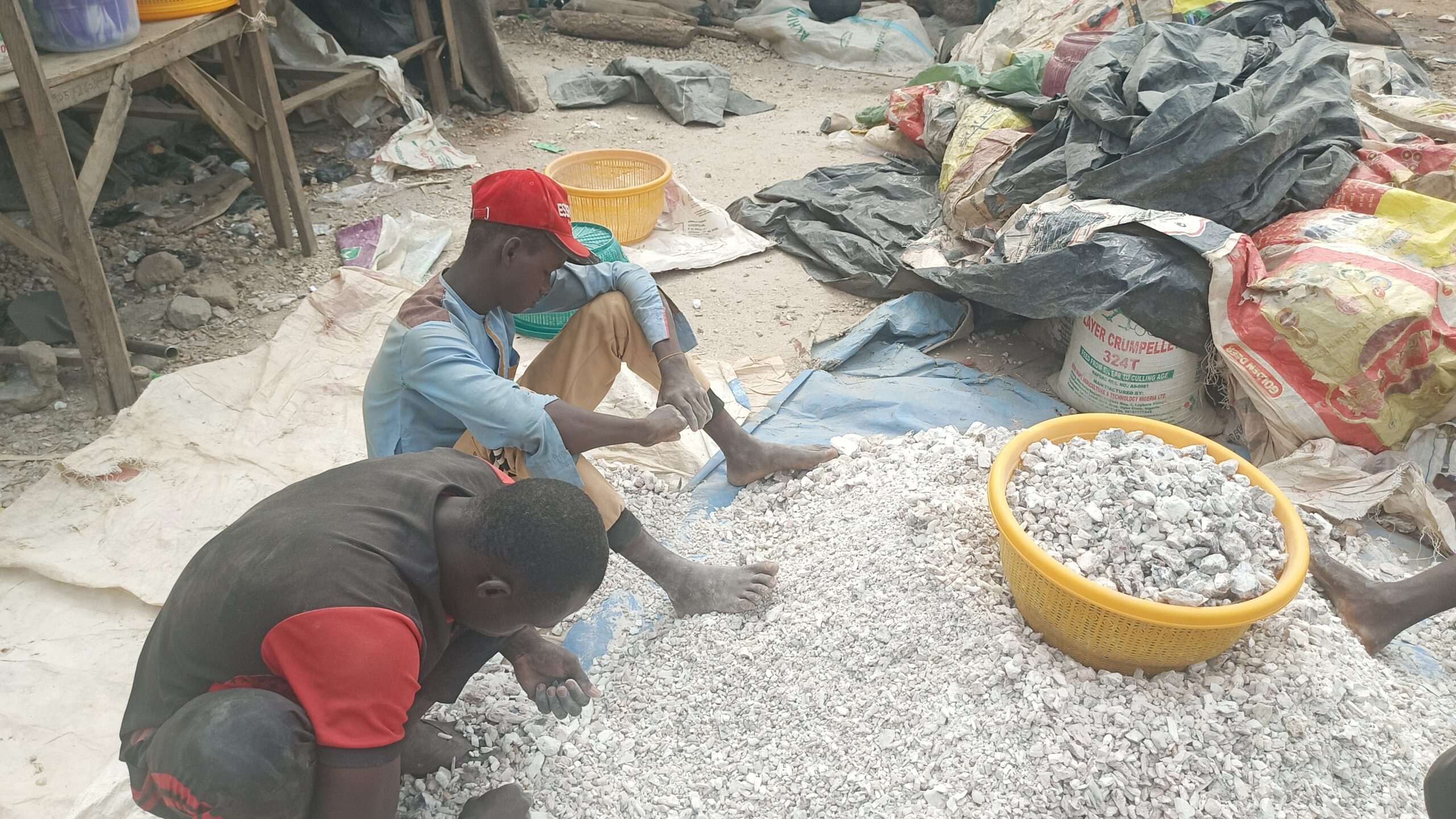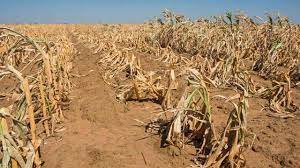According to a recent report, seventy-seven percent of Earth’s land was affected by drier conditions in the thirty years leading up to 2020 compared to the previous thirty-year period, while dry lands grew around four million square kilometers, an area nearly one-third bigger than India. Around eight percent of global lands got pushed into aridity boundaries, an area larger than Canada.
In another report, nearly 1.4 billion hectares of land, about 10 percent of the total global expanse, have been impacted by salinity in the past 50 years, including 10 percent of irrigated croplands and 10 percent of rained croplands. Nations such as Afghanistan, Argentina, Australia, China, Kazakhstan, the Russian Federation, the United States, Iran, Sudan, and Uzbekistan account for 70 percent of the world’s salt-affected soils.
In another development, around 30 percent of the world’s ice-free land, about 4,000 hectares, experiences acidity, including 70 percent of the world’s possible arable land, with 38 percent of farmlands acidic in Southeast Asia, 20 percent in East Asia, and 56 percent of the cultivable land in Sub-Saharan Africa suffering from the same condition.
From the above, it becomes clear that acidity, salinity, and aridity affect sizeable portions of land globally, with dangerous consequences for the planet’s inhabitants, especially as experts say dry lands or arid areas where water is hard to access now comprise more than 40 percent of the planet, excluding Antarctica.
From 1960 to 2023, 97.97 percent of land on earth went through increases in surface temperatures, while 81.31 percent of land on earth saw a rise in potential evapotranspiration, the development coinciding with 77.6 percent of the world’s land between 1990 and 2020 becoming more arid than in the previous 30 years.
Presently, more than 1.4 billion hectares of land experience salty conditions just when the earth experiences increased surface temperatures. These temperatures enable warm water to break apart salt crystals more easily, affecting the soil through saltwater intrusion when sea levels rise.
In 2022, the global annual mean atmospheric carbon dioxide concentration hit 417 parts per million (ppm), which is more than 40 percent above 280 ppm for the pre-industrial period, with half of the increase taking place since the 1980s, corresponding to a 15 percent acidity since 1985 and 40 percent increase since pre-industrial levels.
These developments make it clear that climate change plays an important role in the acidity, aridity, and salinity of land today, through increases in surface temperatures of both land and sea, saltwater intrusion through a rise in sea levels, and greenhouse gas emissions.
Drought frequency and duration rose by 29 percent since 2000, but if conditions continue as usual, the situation could worsen in the next few years, affecting more than 75 percent of the world’s population at a projected figure of 4.8 to 5.7 billion by 2050, as people would live in places with water challenges for at least 30 days in a year and as many as 216 million people could be forced to migrate to other places as a result of dry conditions.
Salt-affected soil total nearly 1.4 billion hectares of land, an area over 10 percent of the total global land area, but if conditions continue as usual, experts say salt salinity could damage nearly 50 percent of the world’s arable land, up from 29 percent of cultivated land and 33 percent of irrigated agricultural land already affected in present time.
Acid-affected soils globally amount to about 3.95 billion hectares, with a lot of these soils located in tropical areas, but if conditions continue with the present trend, things could prove dicey for billions of people, as projections put global soil degradation at over 90 percent by 2050, fuelled by activities such as deforestation, which rose globally by 12 percent in 2020.
Soil acidity, aridity, and salinity could prove to be a source of great discomfort in the next few years, making it necessary to tackle factors such as climate change, which creates problems through increased emissions of greenhouse gases and intrusion of saltwater into land area.
This means reducing soil acidity through the planting of trees for the absorption of carbon dioxide, reducing soil salinity through efficient irrigation systems and practices, and transitioning to renewable energy sources to bring down greenhouse gas emissions and help mitigate climate change.
By Adetokunbo Abiola





